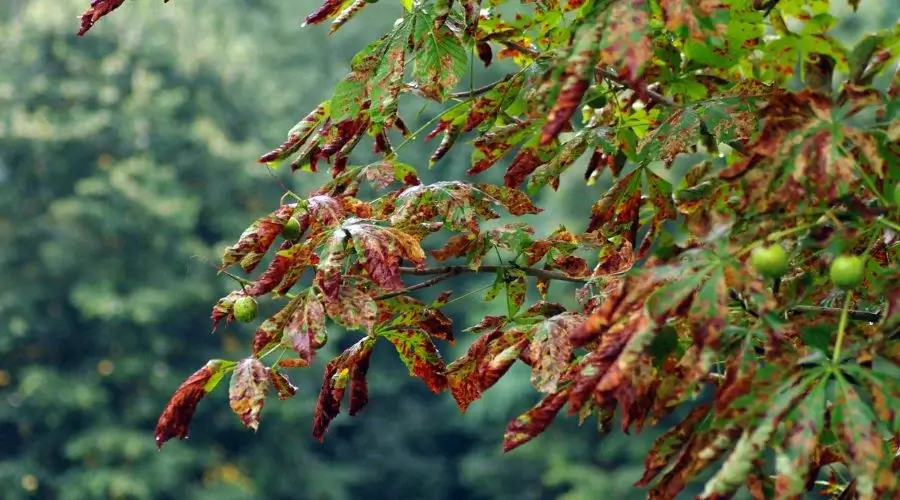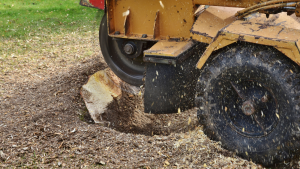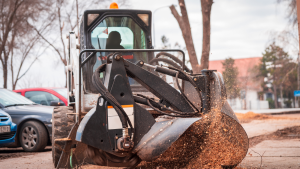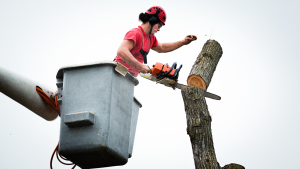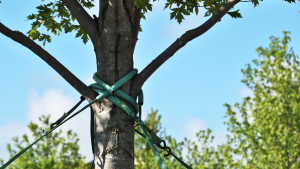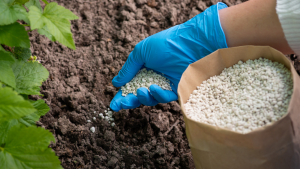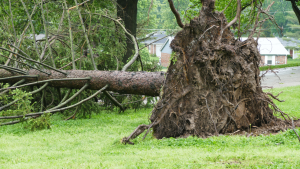Trees are not just a beautiful part of our natural landscape; they also play a crucial role in maintaining the health of our environment. They provide us with clean air, shade, and a habitat for countless creatures. However, like any living organism, trees can also get sick. Identifying the signs of a sick tree early on is essential to address the issue and potentially save the tree. In this article, we will discuss the various signs that a tree is sick and needs to be fixed.
1. Leaf Problems
One of the most common indicators of a sick tree is a change in the appearance of its leaves. Look for the following leaf-related issues:
- Discoloration: Leaves that are yellowing, browning, or developing unusual spots may be a sign of stress or disease.
- Premature Leaf Drop: If a tree drops its leaves out of season, it can indicate a problem. This is particularly true for deciduous trees in the middle of summer or conifers in the fall.
- Thinning Canopy: A tree with a noticeably thin canopy may be struggling to produce healthy leaves, a sign of underlying issues.
2. Bark Issues
The bark of a tree can also provide important clues to its health:
- Peeling Bark: While shedding bark is normal for many tree species, excessive peeling or loose bark can indicate a problem, such as an insect infestation or disease.
- Cracks or Cankers: Look for cracks or cankers in the bark, which can be entry points for diseases and pests.
- Dark Stains: Dark, discolored patches on the bark can be a sign of disease, particularly fungal infections.
3. Growth Abnormalities
If you notice unusual growth patterns, it may suggest that a tree is unwell:
- Stunted Growth: A tree that is not growing as quickly as it should for its species and age might be suffering from a nutritional deficiency, root damage, or disease.
- Epicormic Shoots: These are small shoots that grow directly from the trunk or branches and can indicate stress or injury to the tree.
4. Root Problems
Root health is vital for a tree’s overall well-being, but it’s often challenging to assess. However, certain signs can indicate root issues:
- Root Girdling: Girdling roots wrap around the base of the tree and constrict its growth, reducing nutrient and water uptake.
- Mushrooms or Fungi: The presence of mushrooms or fungal growth around the base of the tree can be a sign of root rot, which is a serious condition.
5. Pests and Insects
Insects can be a major threat to tree health. Look for:
- Unusual Insect Activity: An infestation of insects like bark beetles, aphids, or caterpillars can weaken a tree.
- Sawdust or Holes: Small holes in the bark or piles of sawdust at the base of the tree may indicate that wood-boring insects are at work.
6. Environmental Stress
Environmental factors can also impact a tree’s health:
- Drought Stress: Lack of water can cause wilting leaves and weakened branches.
- Soil Compaction: Soil compaction can reduce oxygen and water availability to the roots, affecting the tree’s health.
Keeping an eye out for signs of a sick tree is essential for preserving the health and beauty of your landscape. If you notice any of the symptoms mentioned in this article, it’s crucial to take action promptly. Consulting with an arborist or tree care professional can help diagnose the problem and determine the best course of action, which may include treatments, pruning, or removal if necessary. Caring for your trees is not only an investment in your property but also in the environment, as healthy trees contribute to a more vibrant and sustainable ecosystem.
